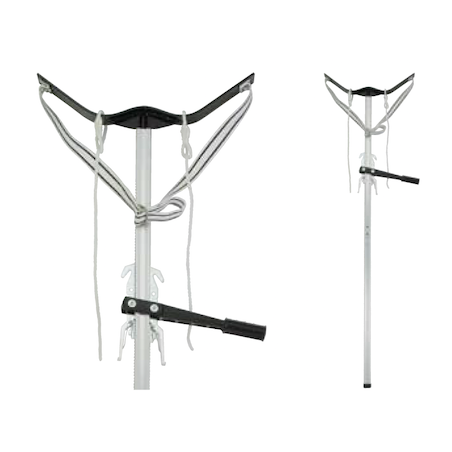The gestation length in sows is normally between 115 and 116 days but can range from 112 to 119 days. This video will help us identify the main signs related to advanced gestation:

Weeks prior to farrowing
- The abdomen distends due to the fetuses growing.
- The mammary glands develop and increase in size.
- Small amounts of colostrum may leak from the nipples in the days leading up to farrowing.
Hours prior to farrowing
- Milk can be extracted from the teats.
- The sow may display a sway-back appearance.
- The vulva may swell, redden, and relax.
- Between 12-24 hours before farrowing, sows exhibit nesting behavior. They may root around, scratch the ground with their hooves, and bite the bars.
- As farrowing approaches, the respiration rate increases from ~20 to ~60 breaths per minute.
- Before the first piglet is born, sows become restless. They lay down and get up before laying on their side to farrow.
Start of farrowing
- The sow pushes with her abdominal muscles, we will see that she stretches her hind legs to expel the piglet through the birth canal.
- Piglets are usually born in 15-20 minute intervals, although they can be born in rapid succession or in longer intervals of more than 30 minutes.
- Piglets are usually born with their umbilical cord intact, but their movement breaks it, allowing them to locate the mammary glands in about 20 minutes.
- Stillborns are related to reduced contractions and sow fatigue. When the interval since the last piglet was born exceeds 20 minutes and the sow appears to be straining it is an indicator of potential problems.
End of farrowing
- After the birth of the last piglet, blood flow and pressure release the placenta from the uterus and the sow expels it.
Timely intervention requires knowledge of piglet intervals and observation of the sow.
Understanding the processes that control farrowing and recognizing the signs of the different stages can help producers develop effective management plans for the sow, facilities, and personnel to increase the likelihood that piglets will be born alive.
This video is a graphic version of the article "The signs of farrowing: Physiology and sow behaviour".
333 Staff








